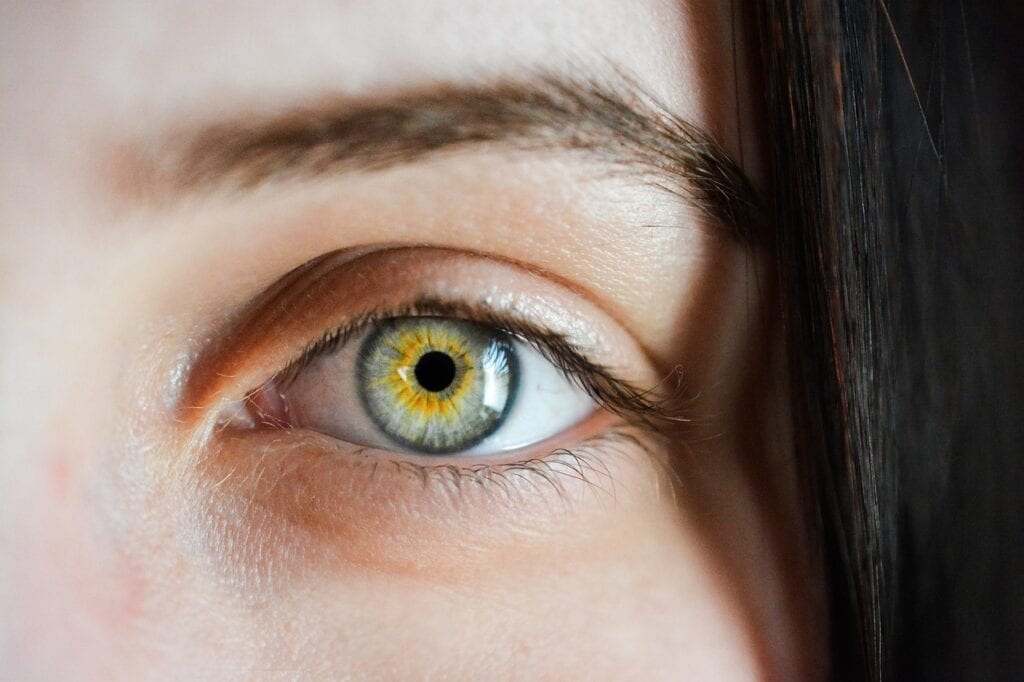Each year, thousands lose their vision to dominant optic atrophy (DOA), an inherited disease that negatively impacts the optic nerves. However, researchers and scientists from Trinity College Dublin may have found a potential solution. According to Medical XPress, the scientists developed a unique gene therapy solution to prevent visual degeneration. So far, the gene therapy has only been tested on mice models of DOA.
When applied to the mice models, the gene therapy improved mitochondrial function and protected the mice from vision loss. Additionally, researchers applied the gene therapy directly to human cells with OPA1 gene mutations. These are the same gene mutations which cause DOA. When applied, the gene therapy similarly improved mitochondrial function.
This new gene therapy solution is also exciting as it could be applied to other diseases or conditions caused by mitochondrial dysfunction, such as Parkinson’s disease. You can read the researchers’ full findings published in Frontiers in Neuroscience.
Dominant Optic Atrophy (DOA)
As described by the Genetic and Rare Diseases Information Center, dominant optic atrophy (DOA) is:
an inherited optic nerve disorder characterized by degeneration of the optic nerves. DOA is inherited in an autosomal dominant manner and may be caused by a mutation in any of several genes, some of which have not been identified.
Generally, patients will experience symptoms within the first ten years of their life. Severity does vary. As discussed above, it is inherited in an autosomal dominant manner. In short, patients only need to inherit one mutated gene copy as opposed to two. OPA1 gene mutations cause DOA. Normally, OPA1 instructs protein production which maintains mitochondrial function. When this is interrupted, mitochondrial dysfunction causes optic nerve degeneration. Currently, there are no cures. In 80% of cases, symptoms are solely visual. However, up to 20% of patients with DOA also experience other symptoms. These will be listed below; any symptoms not visual are attributed to the rarer form.
Symptoms include:
- Some vision loss
- Changes in color vision
- Blindness
- Hearing loss
- Myopathy (muscle weakness)
- Peripheral neuropathy
- Impaired leg function
Learn more about DOA.




